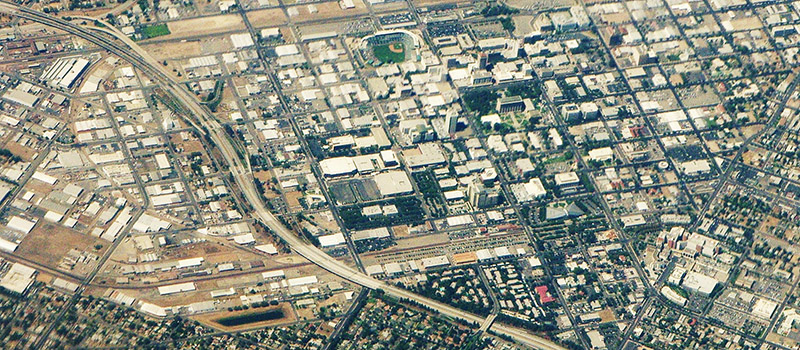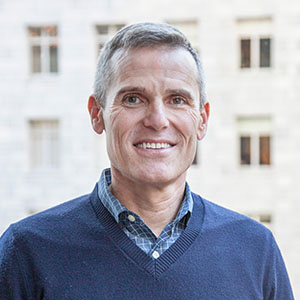
(Photo: Ron Reiring/Flickr)
First published by The County Voice
While the pandemic cast a harsh light on the economic inequality in California and the fragility of our infrastructure, it also ignited a desire to address these issues and delivered California leaders a once-in-a-generation opportunity to build a more equitable and climate-resilient economy. Now, we need the collective will to seize it.
Gov. Gavin Newsom recently signed a bill that establishes a $600 million Community Economic Resilience Fund (CERF) to encourage regional leaders from government, business, labor, and the community to work together to develop a blueprint for an economic future that invests in industries that will thrive in a carbon-neutral future, creates high-quality jobs, and builds a more equitable economy that works for all.
California’s diverse economy — made up of our varied, regional economies — is on the precipice of transition. County leaders will be critical to help form what’s been dubbed a “High Road Transition Collaborative” to increase the number of high-quality jobs accessible to populations that have historically been excluded from opportunity and incumbent workers facing industry disruption. And we will only get the sizable regional funding when we work together.
California is among the most productive and richest economies in the world. At the same time, we have among the highest national rates of income inequality, child poverty, food insecurity, and homelessness. Roughly 4.8 million Californians lost their jobs at the height of the pandemic, and more than 600 thousand remain unemployed.
An additional 3.5 million California families are working for paychecks that don’t cover basic needs like food, housing, and medicine. This is especially true for women, immigrants, and people of color. Nearly 80 percent of low-wage workers in California are people of color and 40 percent are immigrants from other countries. Communities of color are being left behind.
Failing to address these weaknesses limits our individual and collective prosperity. Regional economic growth reaches its full potential when we ensure fair work and better career opportunities for all.
Some promising models already exist. In Fresno, the DRIVE initiative is a 10-year investment plan engaging a diverse array of residents in developing their future economy. And in Riverside and San Bernardino, Inland Economic Growth & Opportunity and Just SB are developing roadmaps for inclusive growth that ensure diverse voices in the planning phases.
California’s new Community Economic Resilience Fund sets priorities for regional economies starting at the grassroots level. The goal is to ensure that all Californians benefit from the recovering economy, including vulnerable populations facing a dearth of decent jobs across California’s labor markets.
The $600 million Community Economic Resilience Fund is just the start — and a roadmap for much more. An astounding $90 billion in state and federal infrastructure investments could come to California through the state’s already-approved recovery budget.
We have a once-in-a-generation opportunity before us that requires cooperation between government, education, business, labor, the social sector, and community leaders. It’s an opportunity to put worker voices at the center, acknowledge and address racism and other barriers, and call upon local leaders to chart a new economic future for their own community.
County leaders are invited to gather with other regional stakeholders and grassroots leaders and develop cross-sector consensus to chart the course for a better economy for your region. Collaborating across sectors with varying interests, and with community voices central to the decision-making, will be hard work with the potential for great reward.
California’s County leaders have a pivotal role to play in getting business, civic, education, and labor leaders to work together for long-term, shared prosperity. I’m excited by the prospect and ready to collaborate.

Don Howard is president and CEO of The James Irvine Foundation.

